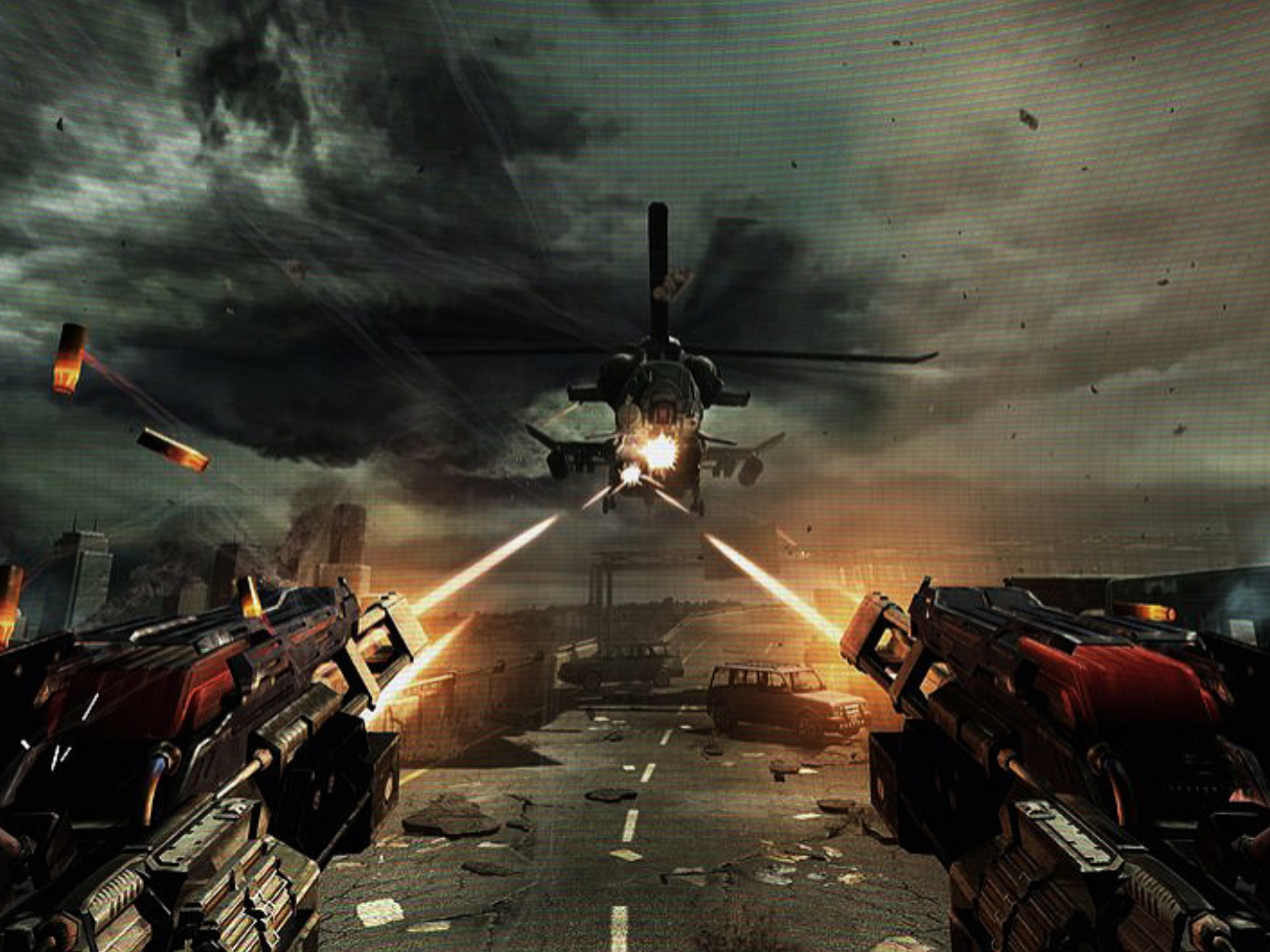What Deep Game News Means for Casual and Hardcore Players
The gaming industry is a dynamic and ever-evolving landscape, where information is as valuable as the games themselves. For players across the spectrum, from the weekend casual gamer to the dedicated hardcore enthusiast, the way news is consumed has fundamentally shifted. We have moved beyond simple announcements of release dates and into an era of "deep game news"—a comprehensive, analytical, and often community-driven form of journalism that delves into the nuances of development, business, design philosophy, and cultural impact. This evolution means profoundly different things for casual and hardcore players, shaping their engagement, expectations, and overall experience with the medium.

Defining Deep Game News
Deep game news is not merely reporting that a game exists. It is an in-depth exploration of the why and how. This includes:
- Technical Deep Dives: Analysis of game engines, graphical fidelity, performance benchmarks, and behind-the-scenes developer diaries.
- Industry Analysis: Reporting on studio acquisitions, mergers, corporate policies, labor practices (e.g., crunch culture), and market trends.
- Design Critique: Lengthy essays and video critiques examining narrative structures, gameplay loops, balance changes, and the philosophical intentions behind game mechanics.
- Data-Driven Reporting: Using player telemetry, sales figures, and community metrics to tell a larger story about a game's reception and lifespan.
- Cultural and Ethical Examination: Exploring representation within games, ethical concerns in monetization, and the broader societal impact of gaming trends.
This rich tapestry of information is disseminated through dedicated YouTube channels, niche podcasts, long-form articles on specialist websites, and in-depth threads on community hubs like Reddit and Discord.
The Hardcore Player: Armed with Knowledge and Context
For the hardcore player, deep game news is essential fuel. Their engagement with a game often begins long before its release and continues well after the credits roll. This demographic thrives on minutiae.
Pre-Release: A hardcore player doesn't just watch a trailer; they watch a 45-minute breakdown from their favorite analyst, pausing to examine texture work and speculate on gameplay implications. They follow developers on Twitter, read interviews about the creative process, and engage in fervent community discussion about every scrap of information. This deep immersion builds a sophisticated understanding and sets detailed expectations. They can make informed purchasing decisions based on the developer's pedigree, the engine's capabilities, and the publisher's post-launch support history.
Post-Release: The engagement deepens further. Hardcore players dissect patch notes, not just for fixes, but for subtle balance changes that alter the competitive meta. They watch frame-rate analysis videos to optimize their expensive rigs. They consume critiques that articulate feelings they had but couldn't express, deepening their appreciation for the craft. For them, deep news transforms a game from a mere pastime into a hobby—a subject of study and mastery. It empowers them to be more critical, more knowledgeable, and more connected to the development process itself.
However, this constant stream of deep information has a potential downside: hype fatigue and cynicism. Over-analysis can sometimes lead to unrealistic expectations or a focus on a game's flaws rather than its experiential joys. The "hype cycle," fueled by deep dives, can set a game up for a backlash that is equally intense.
The Casual Player: Navigating the Noise
For the casual player, whose gaming time is limited and often a form of relaxed escapism, the landscape of deep game news presents a different set of challenges and opportunities. Their primary relationship with news is one of curation and filtering.
The sheer volume and complexity of deep game news can be overwhelming and, frankly, irrelevant to their needs. They are unlikely to care about the technical differences between two shadow-rendering techniques. Their core questions are simpler: "Is this fun?" "Can I play it with my friends?" "How long is it?" "Is it worth my limited time and money?"
Here, deep game news serves them best when it is distilled and summarized. Casual players often benefit from the hardcore community's deep dive without having to take the plunge themselves. They might watch a condensed "Before You Buy" video that summarizes hours of analysis into key takeaways on performance, story, and value. They rely on aggregate review scores and recommendations from friends who are more entrenched in the deep news cycle.
Furthermore, deep news that exposes negative industry practices, such as predatory monetization in a free-to-play mobile game or evidence of severe crunch, can be powerfully relevant to the casual player. This information acts as a consumer protection tool, helping them avoid exploitative products and support healthier, more ethical studios, even if their investment in gaming is peripheral.
The risk for the casual player is misinformation or alienation. Skimming the surface of intense, niche community debates can lead to misunderstandings. A casual player might hear a headline about a game being "broken" at a high competitive level, unaware that the issue doesn't affect the casual experience, and thus be unfairly swayed away from a game they would have enjoyed.
A Symbiotic Ecosystem
Ultimately, the rise of deep game news creates a symbiotic relationship between these two player bases. Hardcore players, through their insatiable appetite for detail, generate a vast amount of analysis, critique, and data. Casual players, along with the broader gaming media, then consume and repackage this information into more accessible formats.
This ecosystem makes the entire community smarter and more discerning. It holds developers and publishers to a higher standard, as missteps and triumphs are both instantly and thoroughly documented and analyzed. It enriches the culture of gaming, elevating it beyond mere product consumption to a platform for meaningful discussion about art, technology, and business.
Conclusion
Deep game news is not a monolithic entity; it is a spectrum of information that serves different audiences in different ways. For the hardcore player, it is a core component of their identity and engagement, providing the context and detail needed for mastery. For the casual player, it is a valuable resource for making informed decisions, provided it is effectively filtered and curated.
The health of the modern gaming industry relies on this depth of coverage. It empowers all players, regardless of their commitment level, to navigate the vast and complex world of video games with greater awareness, critical insight, and ultimately, a greater capacity for enjoyment. In a medium that is constantly pushing boundaries, the news about it must push boundaries too.


















